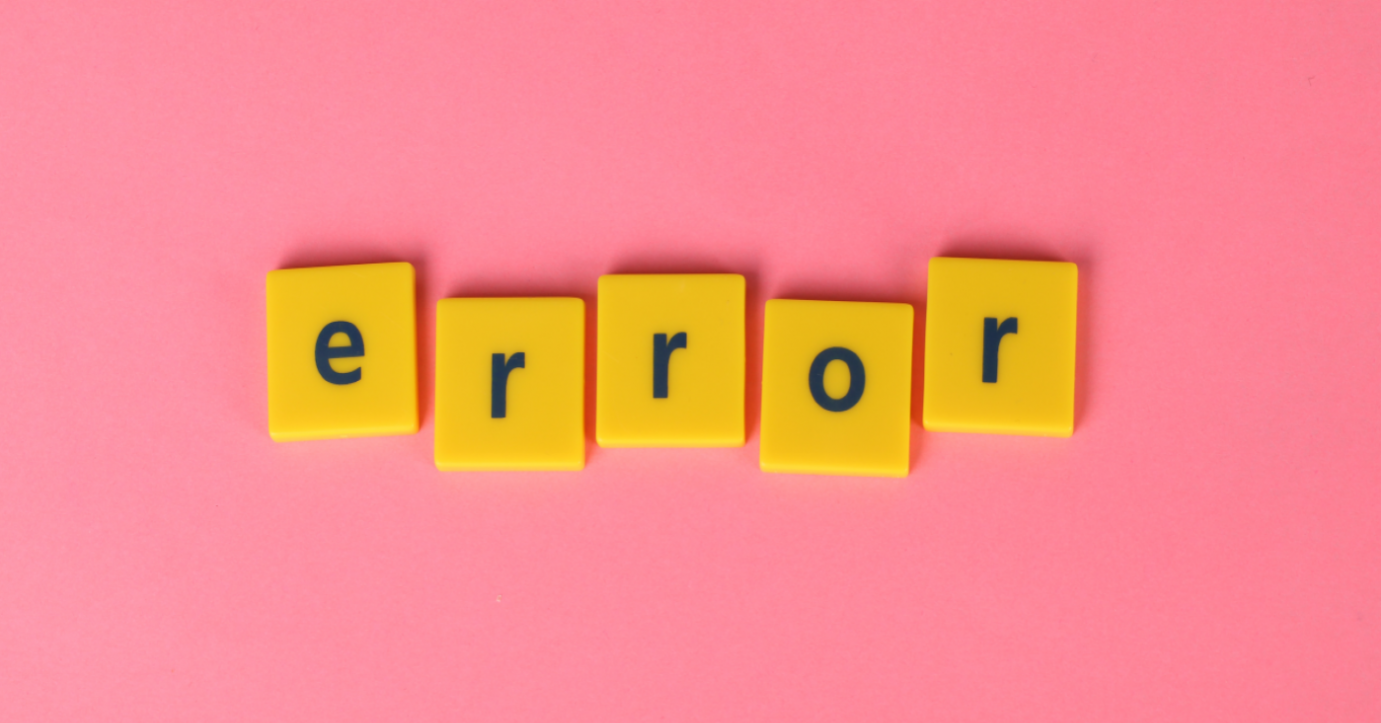Originally published on uservision.com.
What’s seen and unseen
UX evaluations typically focus on problems from things that are on the interface. These include the classic usability problems: calls to action that users don’t see, link titles that mislead users about the content to follow, and text that confuses rather than informs users. We call these errors of commission since these problems can be seen. They clearly exist, can be shown with empirical evidence from usability testing and deserve to be captured and fixed.
Another class of problems is errors of omission which come from content or functionality which is not present but arguably should be. These errors are often overlooked because, well, there’s nothing there to see. There’s no smoking gun such as a badly placed submit button.
Examples of errors of omission
Indeed it may still be possible to perform core tasks with the system even with these errors of omission. You can still buy a book from an online bookstore without reviews from other readers. There is still information describing the content and the author, and you can still add it to your basket. But many users would feel more confident and satisfied by knowing the views of other reader reviews. Because of that missing information – the error omission – it can reduce their likelihood of purchasing.
As another example, for websites with extensive articles, it can be highly beneficial to have well-placed links to other articles related to the one the reader is currently reading. These links, carefully curated, are typically placed at the end of the article so the reader can easily continue reading similar content, increasing the utility of the site. If these referring links are not there – another error of omission – the site can still be used. It just means the user needs to work a bit harder. Perhaps they will need to go back to the main menu pages or list of articles and seek out related topics. The site can still be used, but the error of omission from not conveniently signposting related articles will impact the user’s overall satisfaction with the site or ability to succeed in their task.
On more complex systems, say for detailed financial transactions or medical diagnoses, errors of omission may have more serious consequences. A financial professional synthesises multiple factors before performing an action such as buying or selling. There may be value, yield, ratios, past performance, exchange rates and much more to be compared, contrasted and considered. If one of those is missing it could still possible to perform the transaction, though the user may feel less confident and the accuracy may be affected. Similarly, for a clinician monitoring a patient – if one of the vital stats is not to hand, they can’t do their diagnosis as accurately.
Avoiding errors of omission
We should try to minimise errors of omission. During discovery stages of researching the context of use, we should capture what information is sought and used by the user, even when they themselves can’t articulate it. Indeed, capturing inferred user needs is the mark of an experienced user researcher. Later when evaluating a website, app or digital system we need to think beyond just what we see, but instead consider the user task, their goals and what could be there to improve the user journey.
User-centric tasks help find errors of omission
In usability testing, good test planning and moderation increases the likelihood of discovering the errors of omission. Often this can be done by allowing flexibility in the test planning so that participants can bring their own experience and expectations to the task.
Most usability tests task scenarios are prepared around a task that the moderators know can be performed. This could be a piece of information that is on the site and we want to see if the participant can find it.
However, if the prototype being tested allows, it is useful to let the participant derive the test task based on their own real-life tasks rather than prescribed and specific tasks. This helps participants overlay their own reality and expectations which, together with good moderation, increases the chances you’ll come across that nugget where the participant says ‘this is fine, I can use this, but it would be better if it also had content X or widget Y so I can better decide Z’. Statements such as this are often indicators of errors of omission that need to be explored to understand and perhaps provide that relevant content or functionality to the user.
Errors of omission can be subtle and may not be task showstoppers on their own. However, they may cause inefficiencies in using the system and chip away at the user’s confidence and satisfaction. As we know, this dissatisfaction or lack of engagement can easily grow into disinterest and abandonment.
In the world of user experience, the errors of omission are blind spots we need to beware of. For UX professionals, the ability to identify these is an important skill to develop over time.





